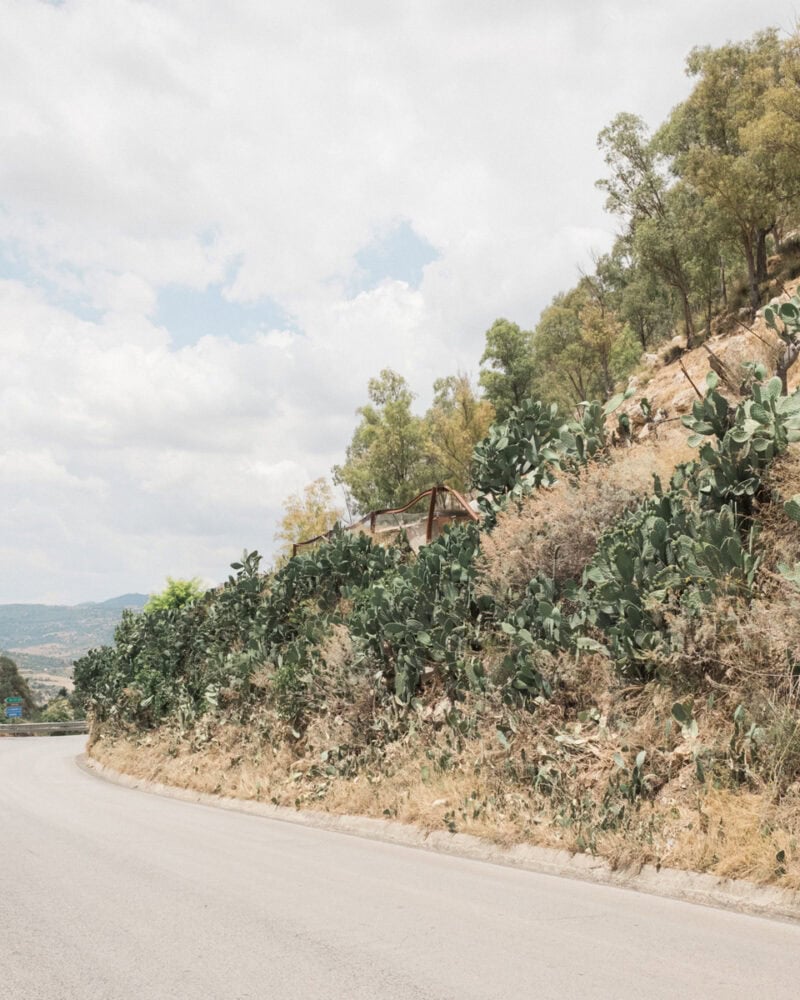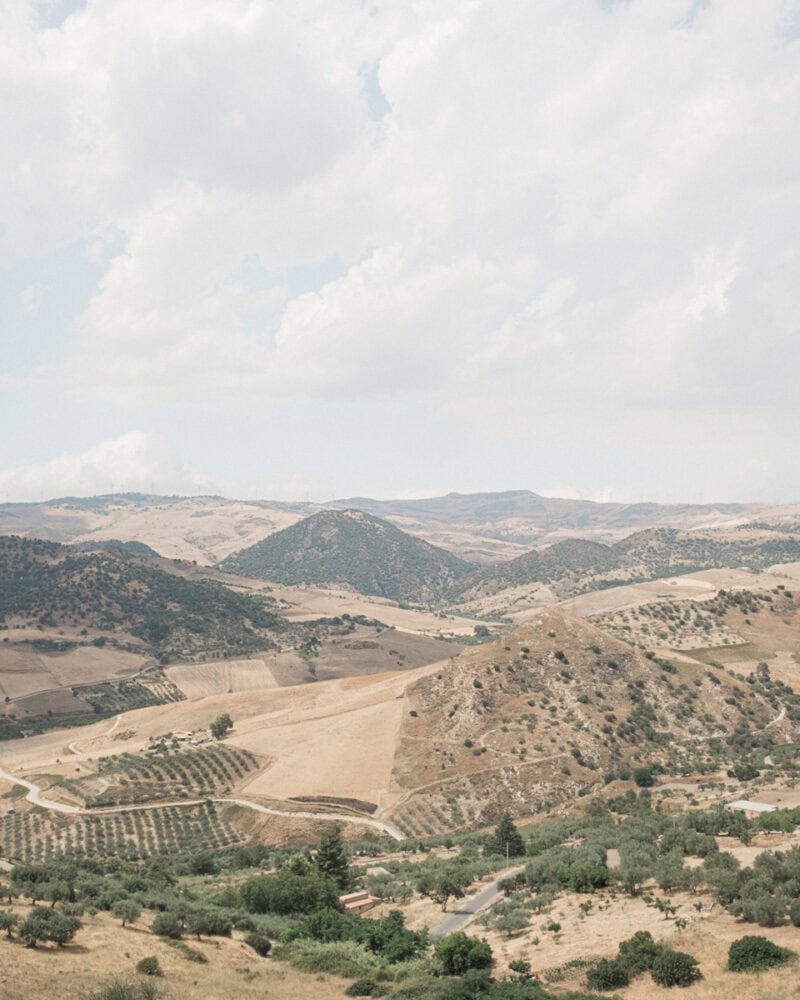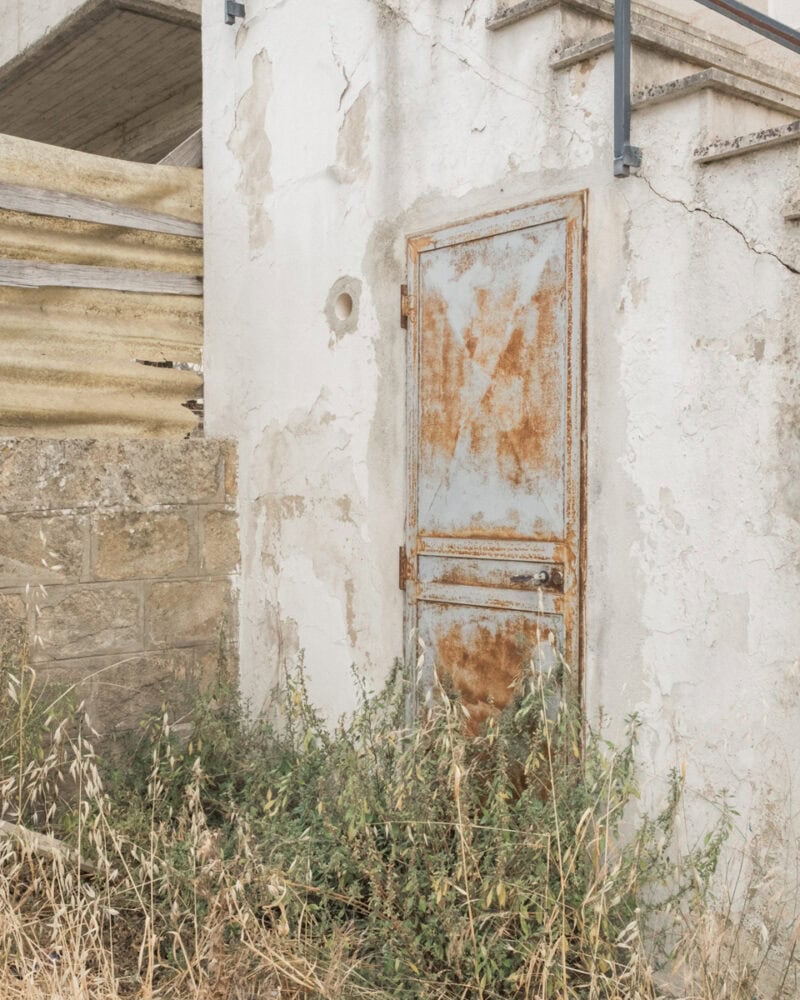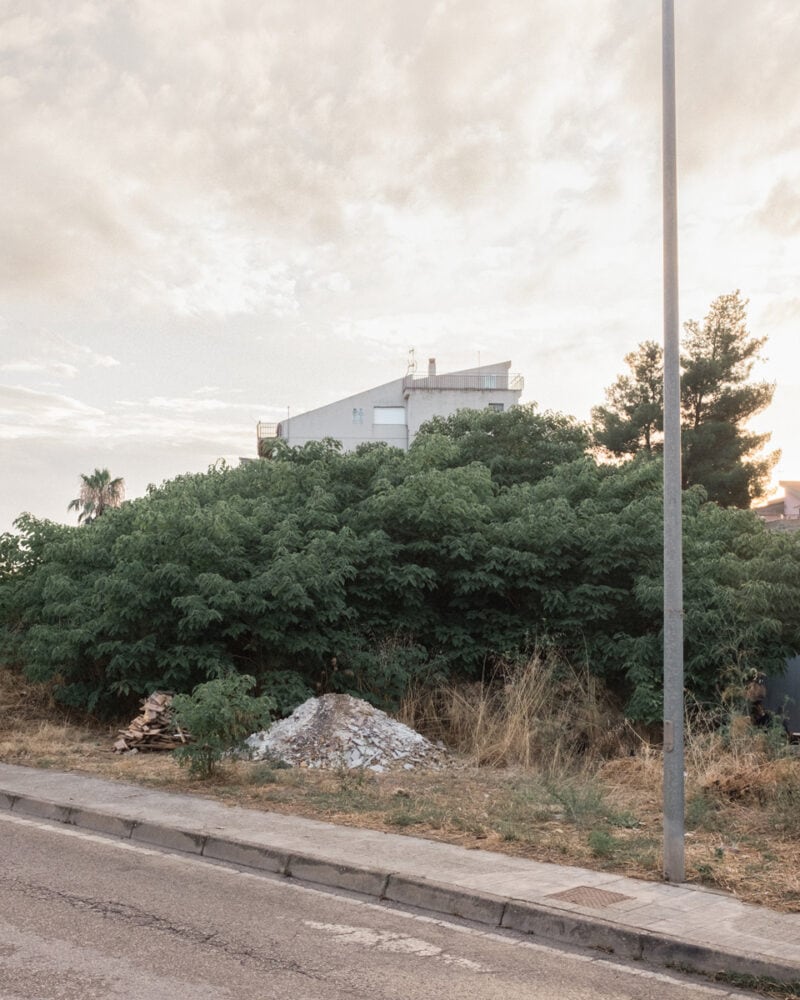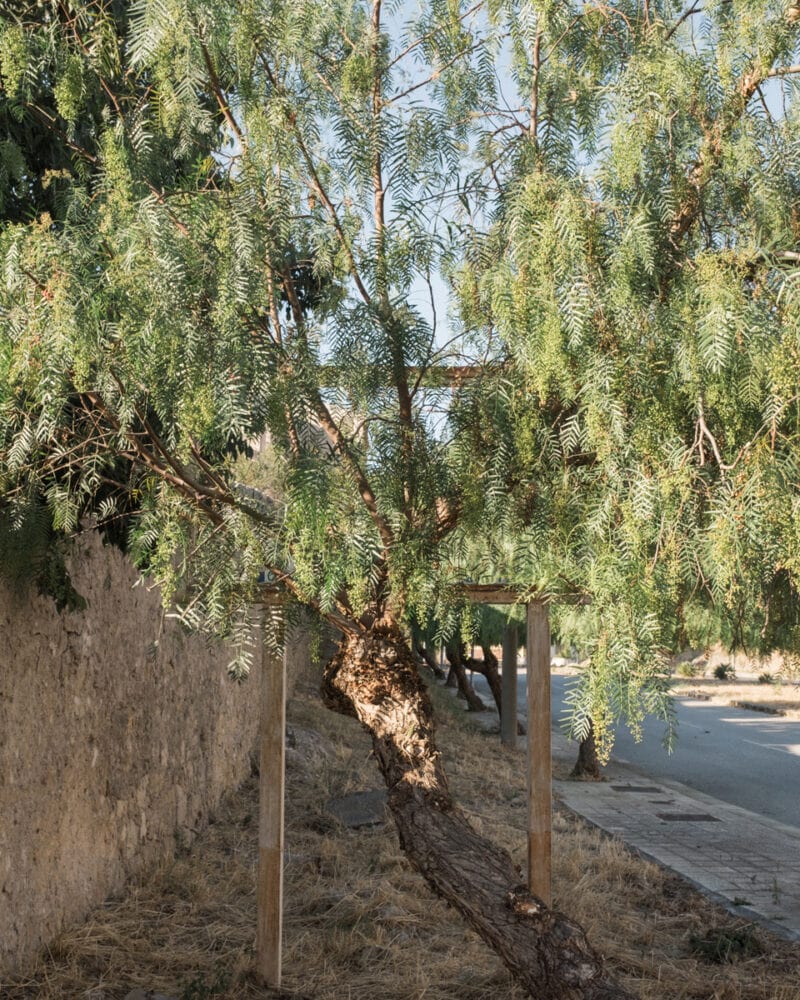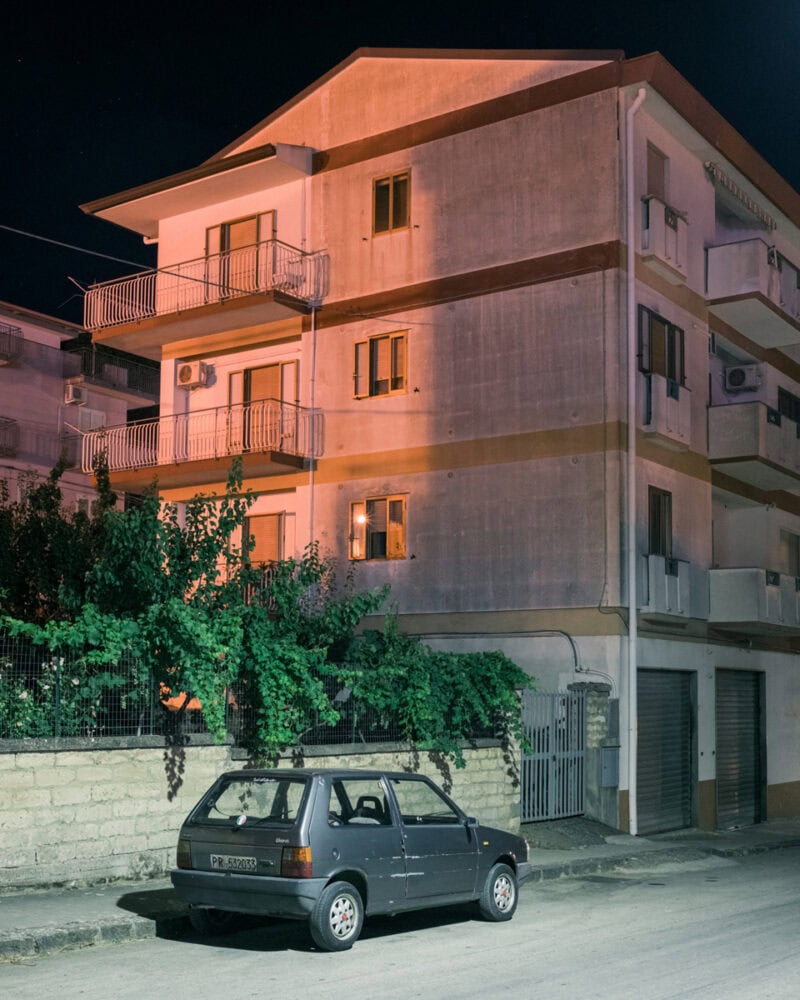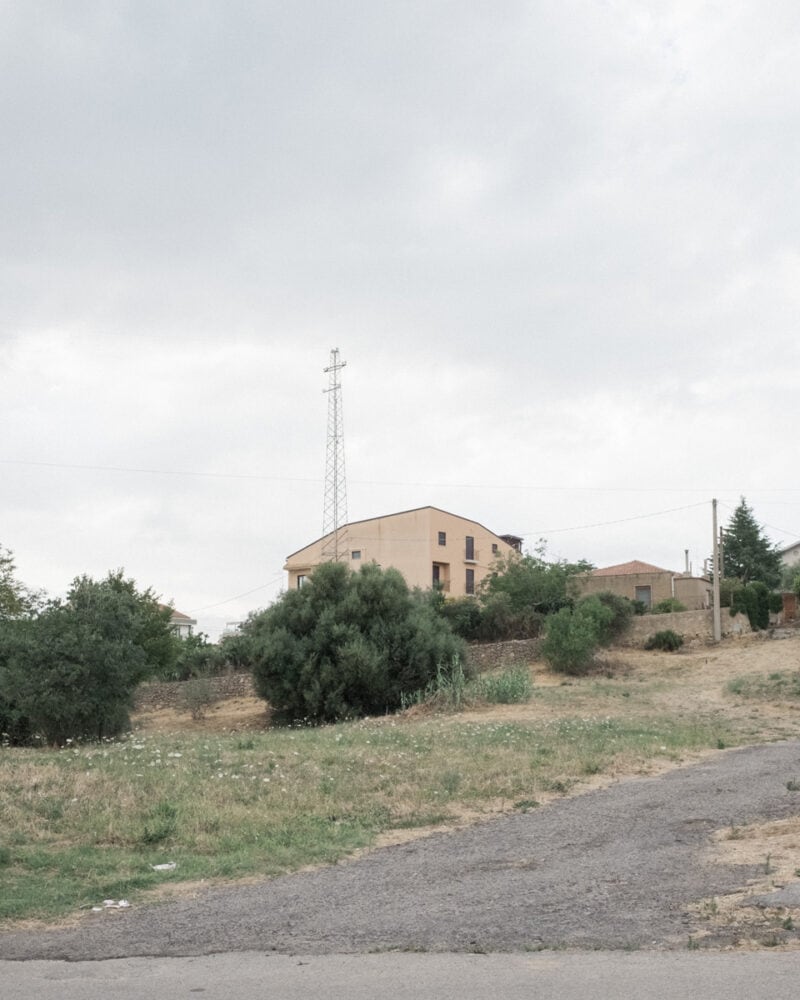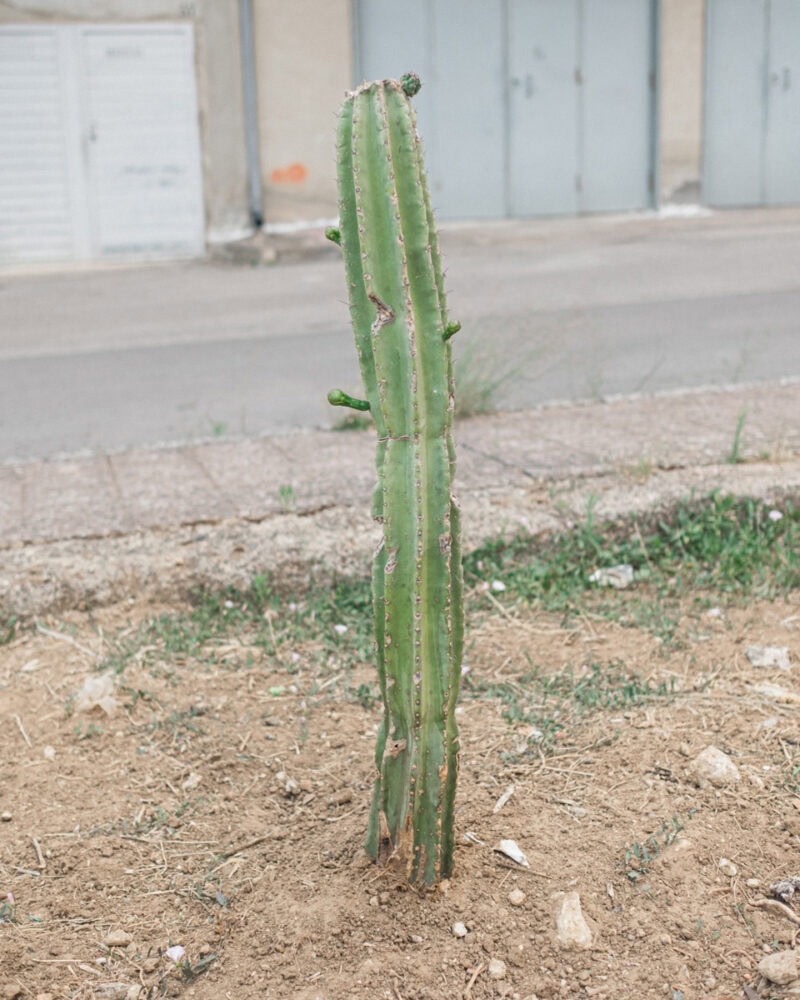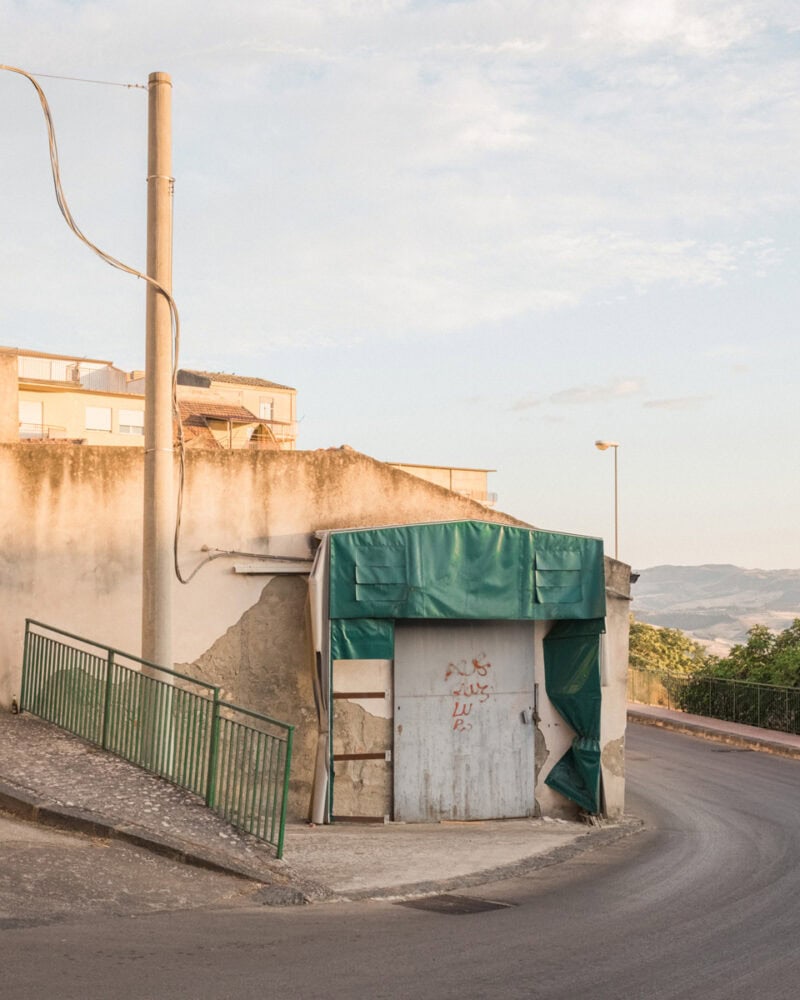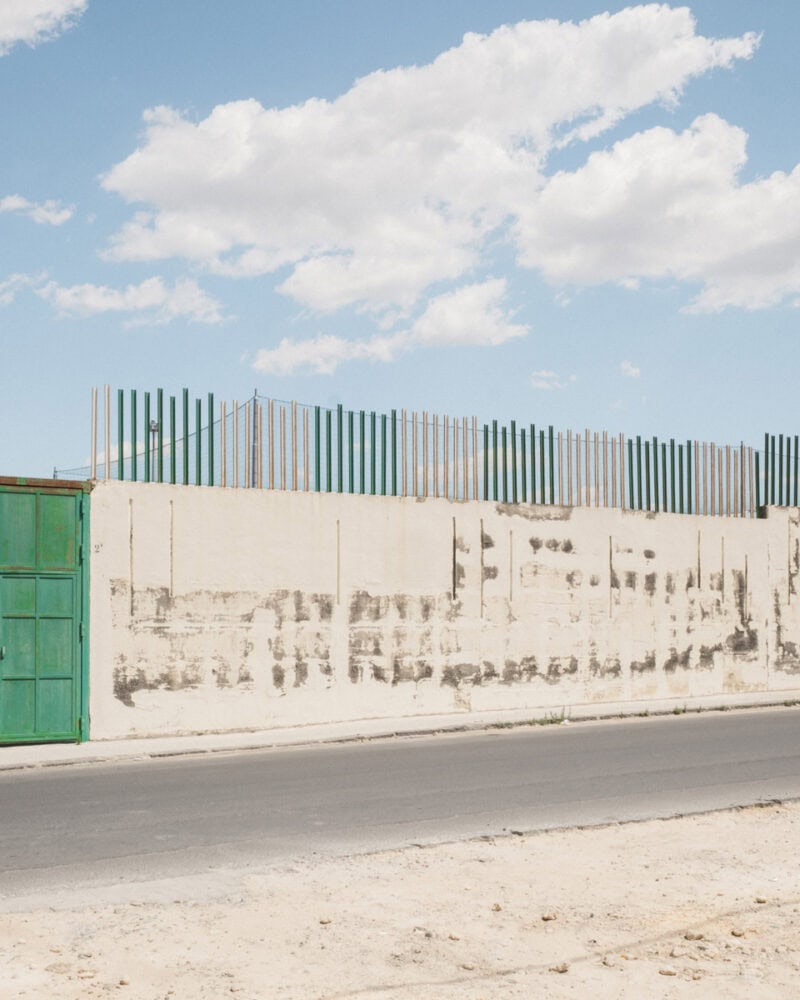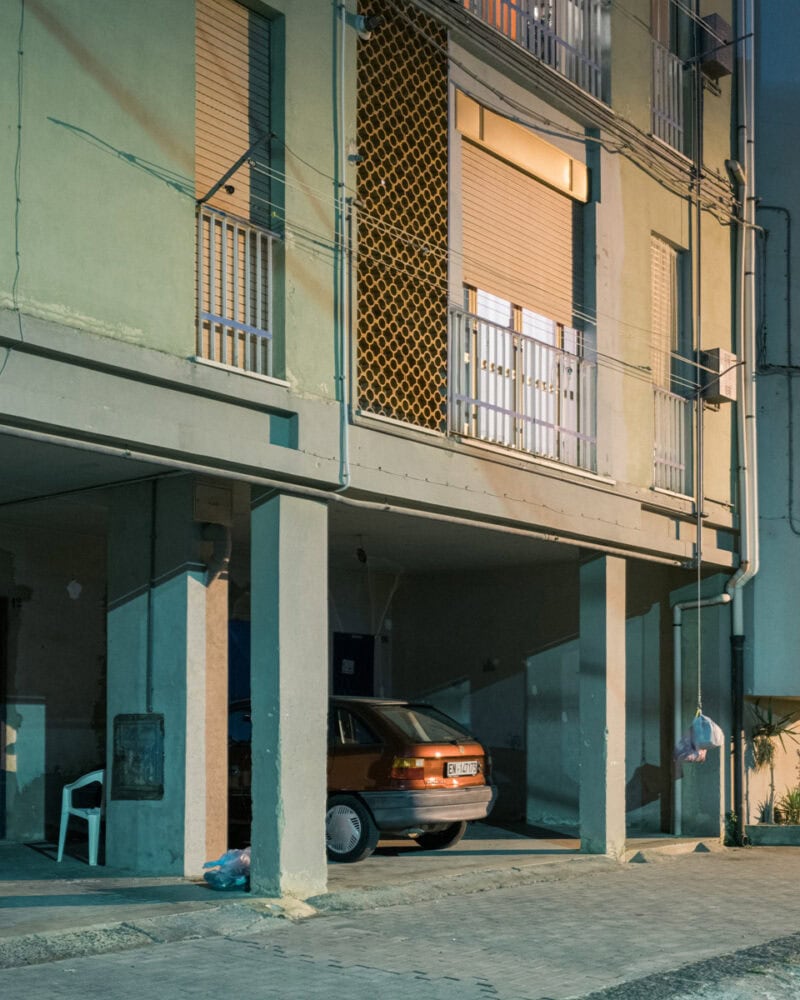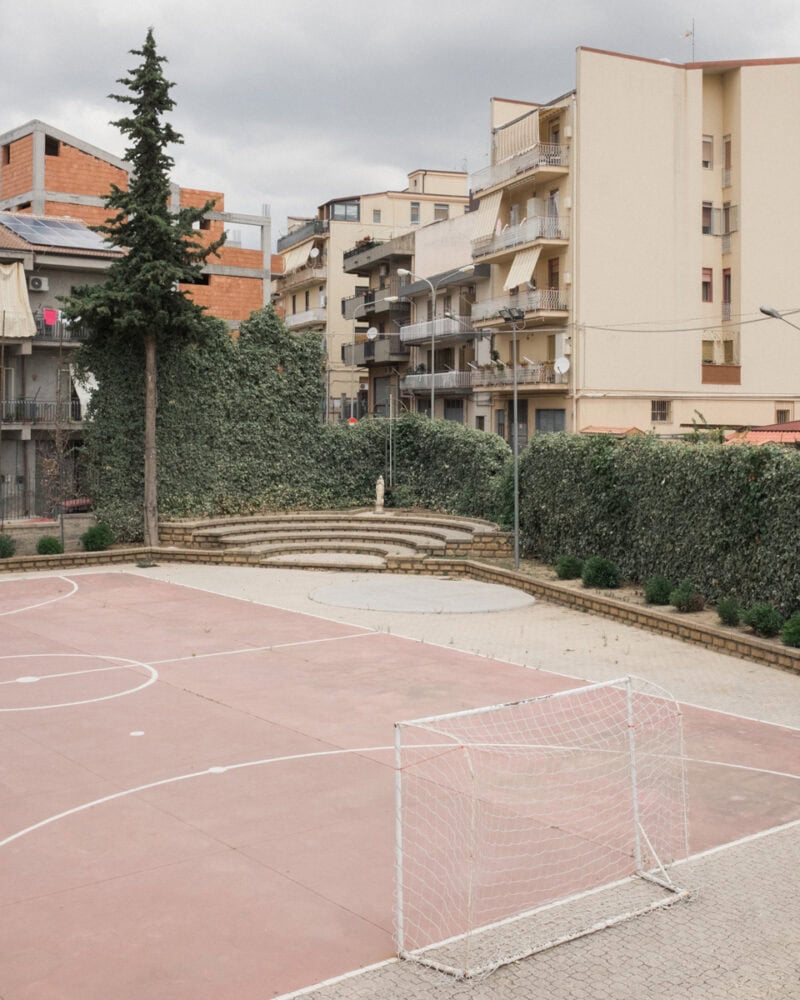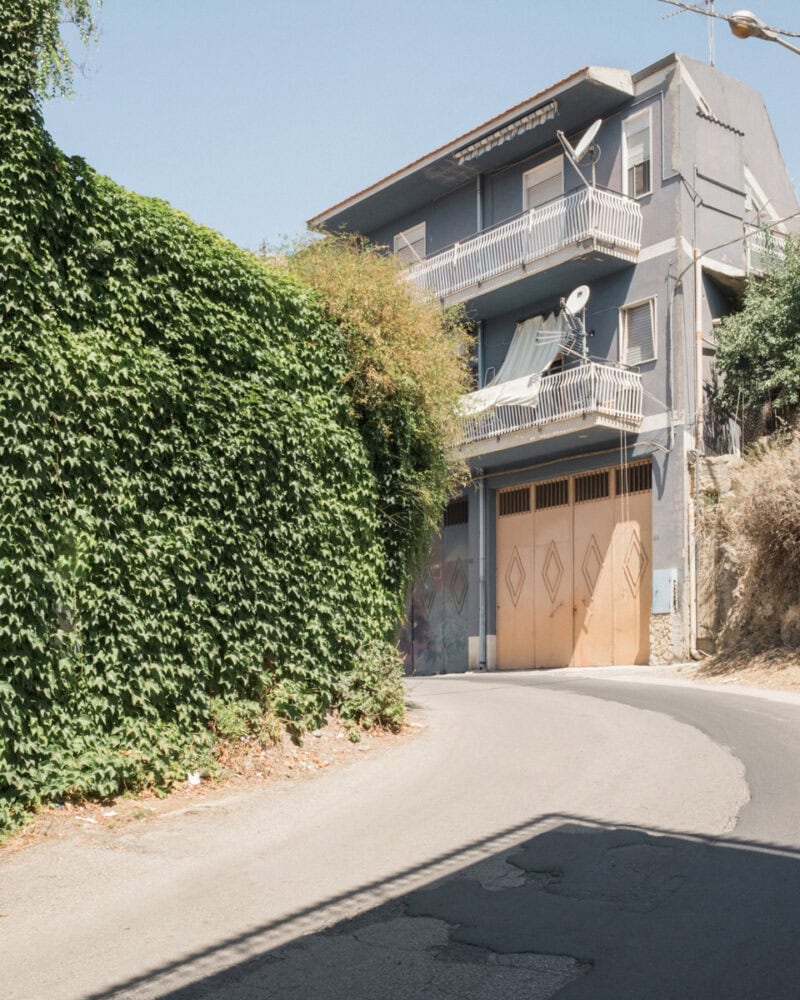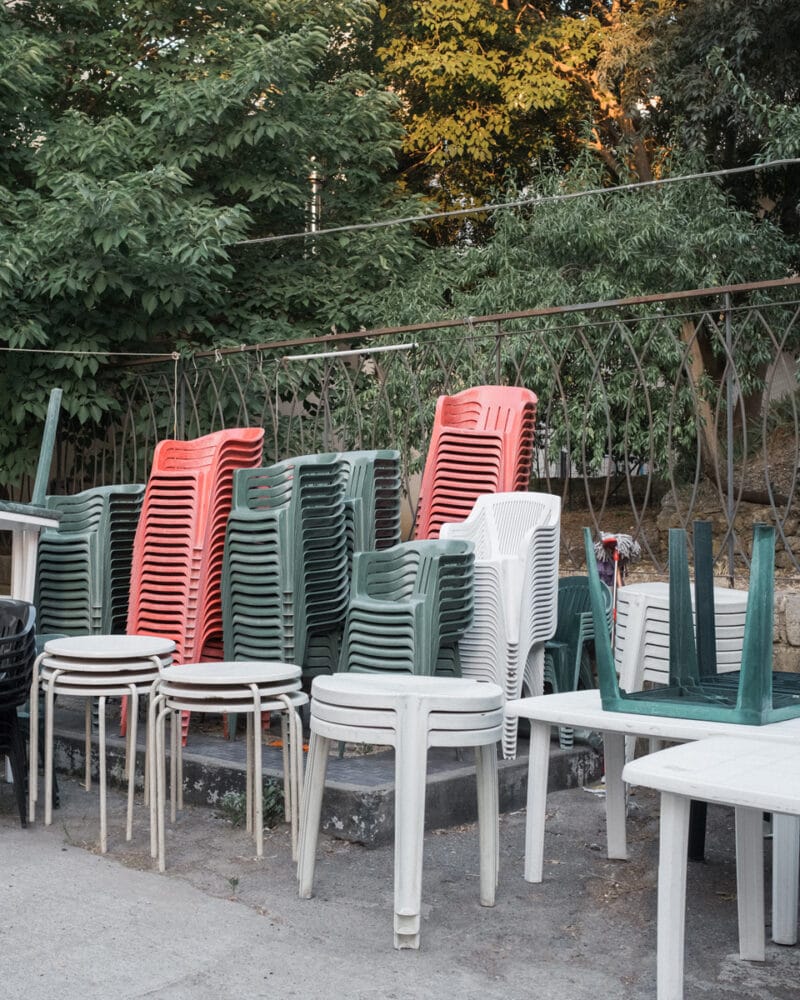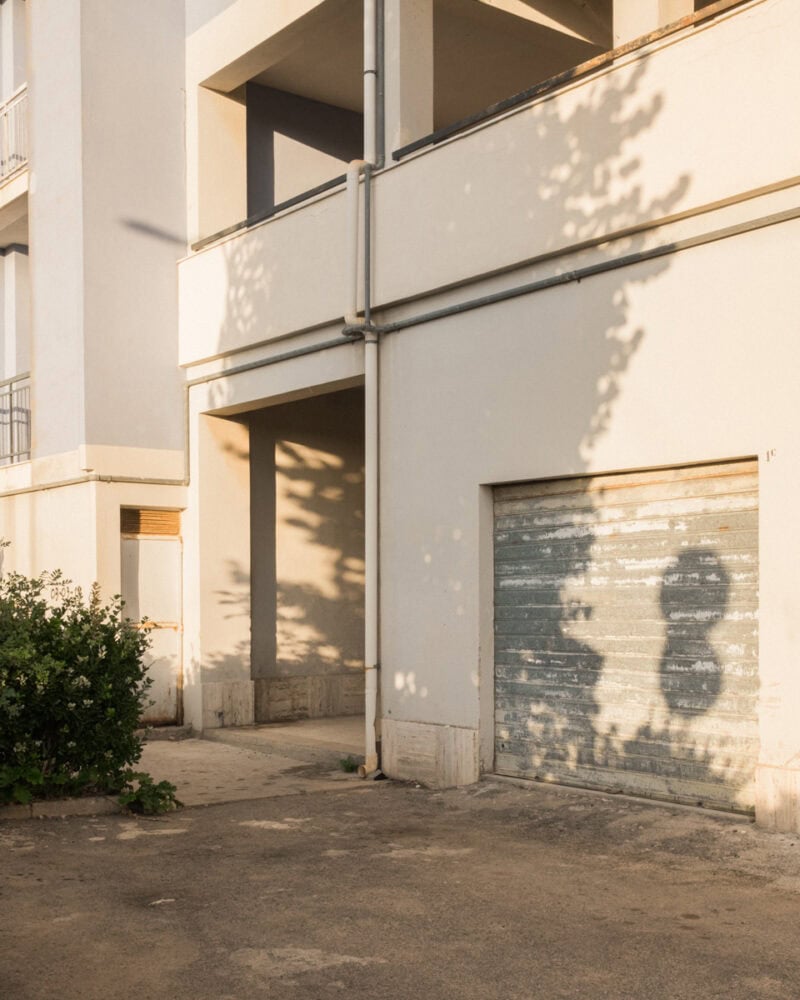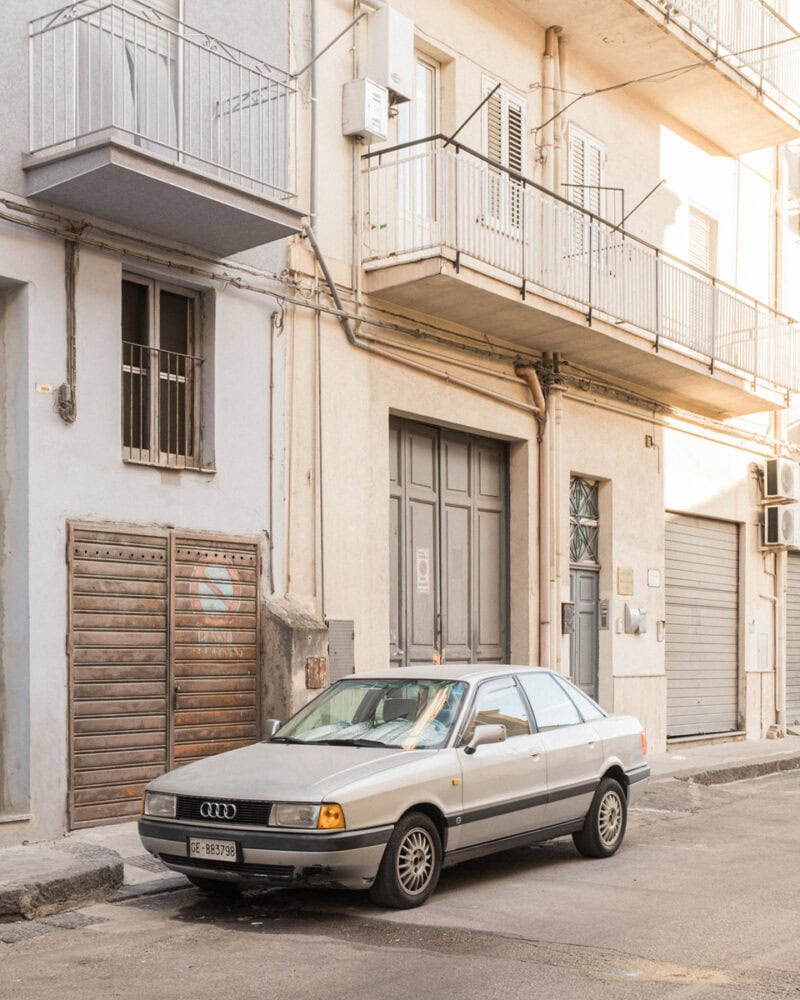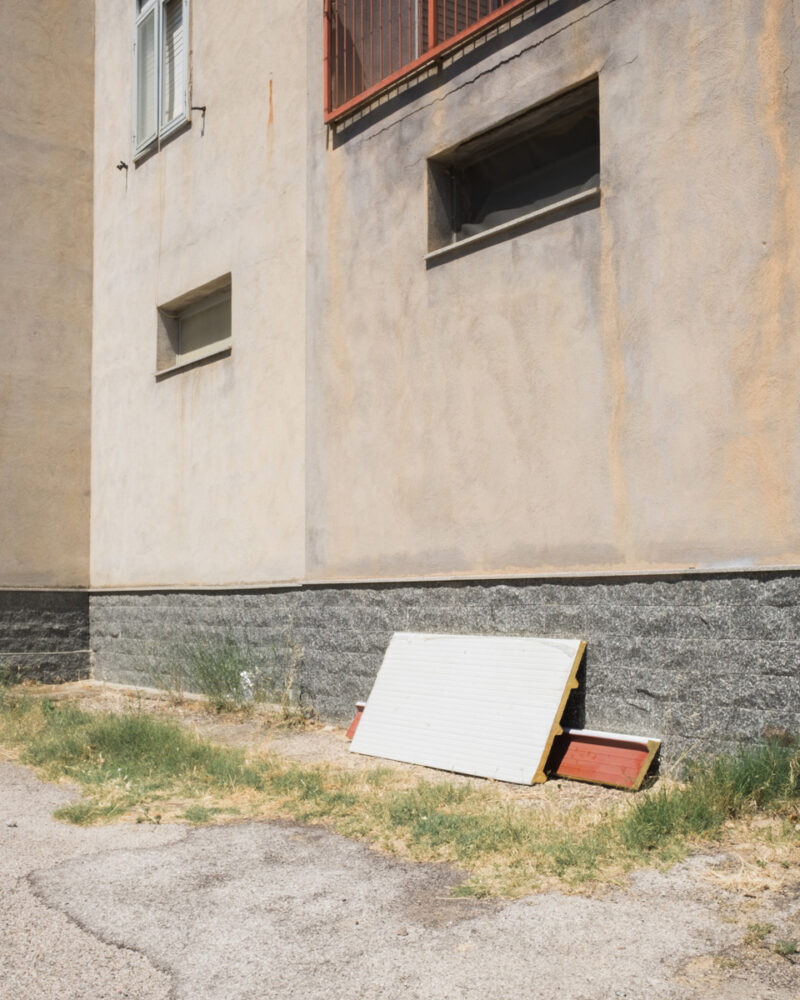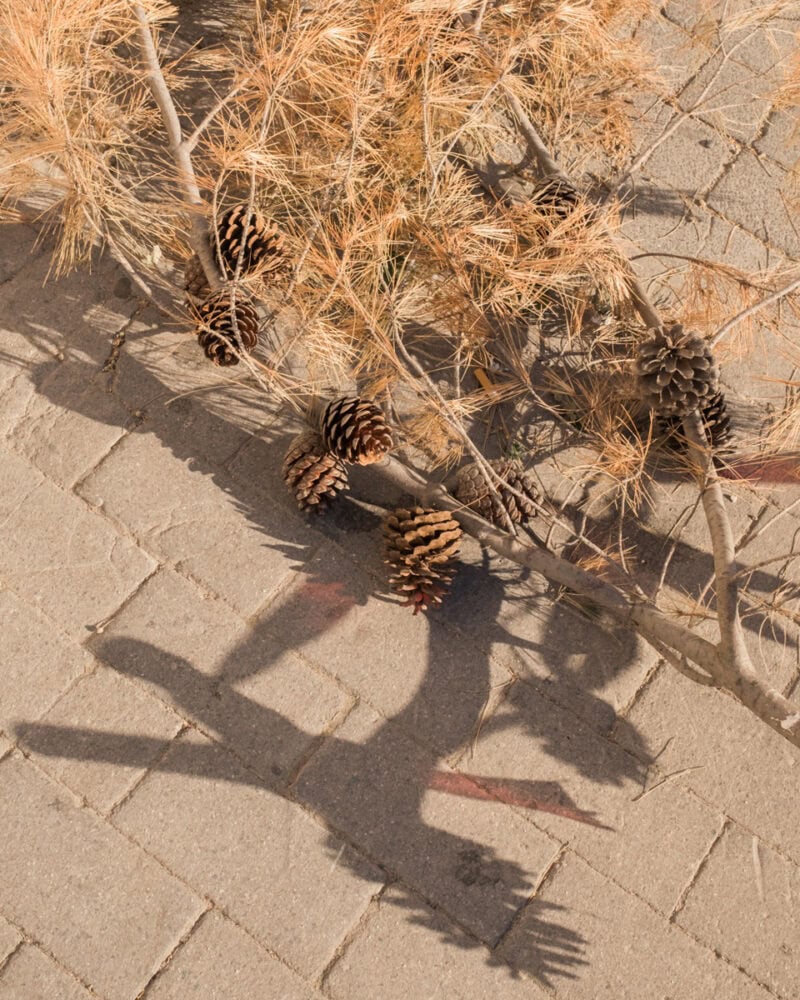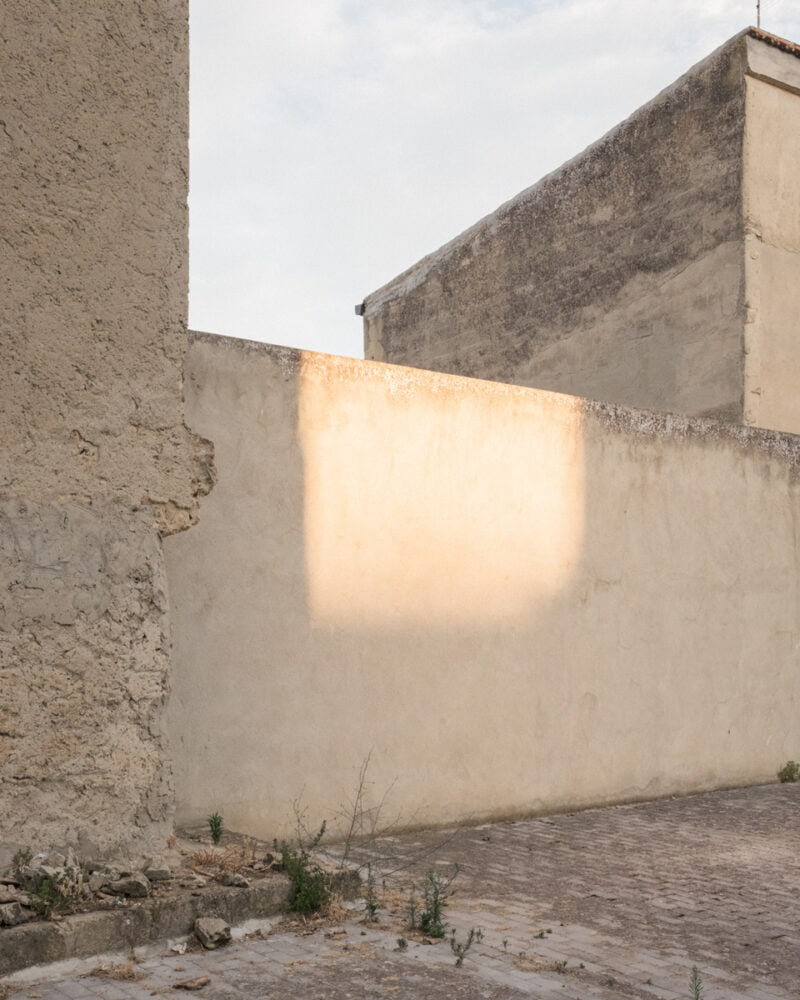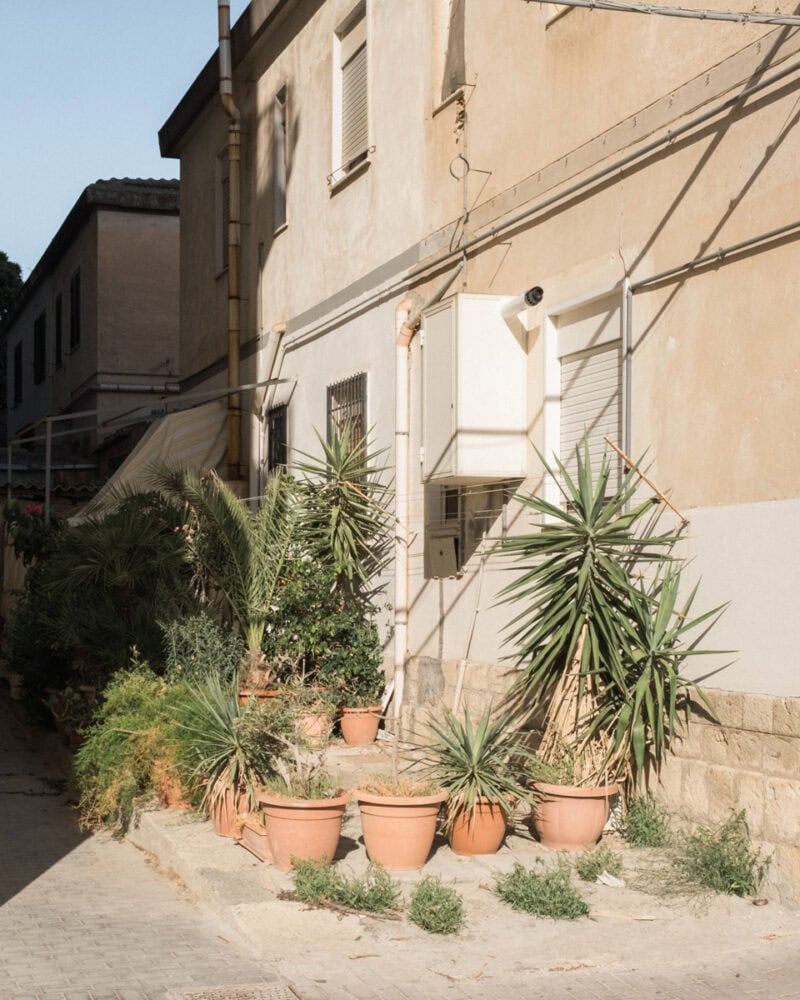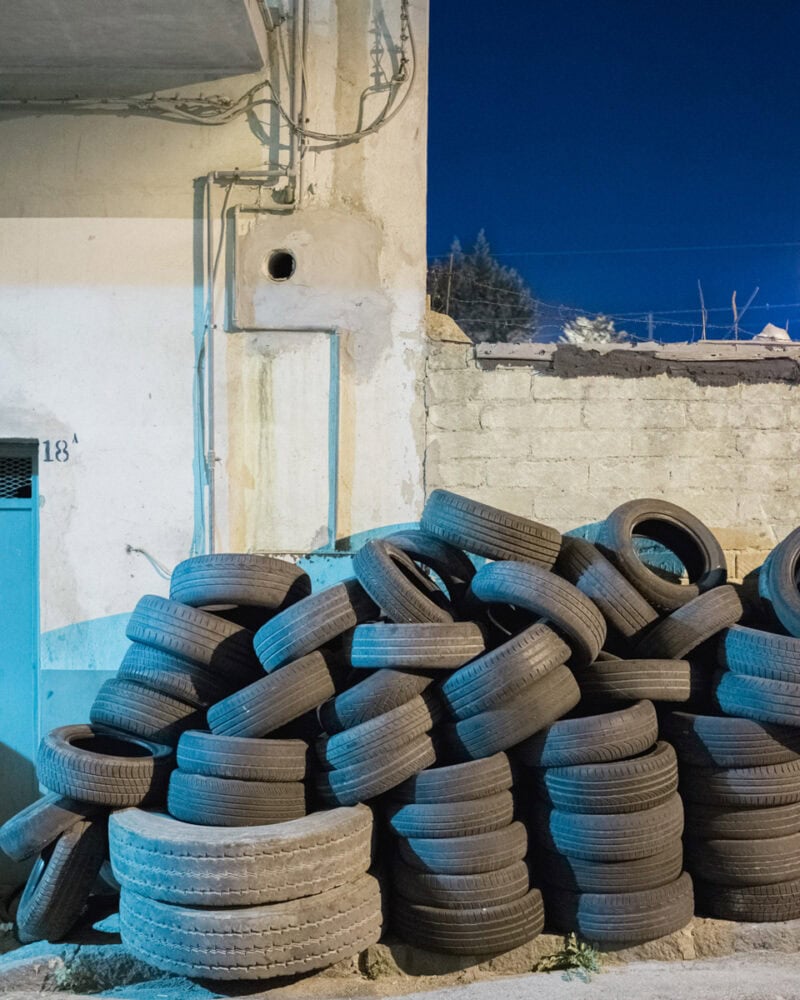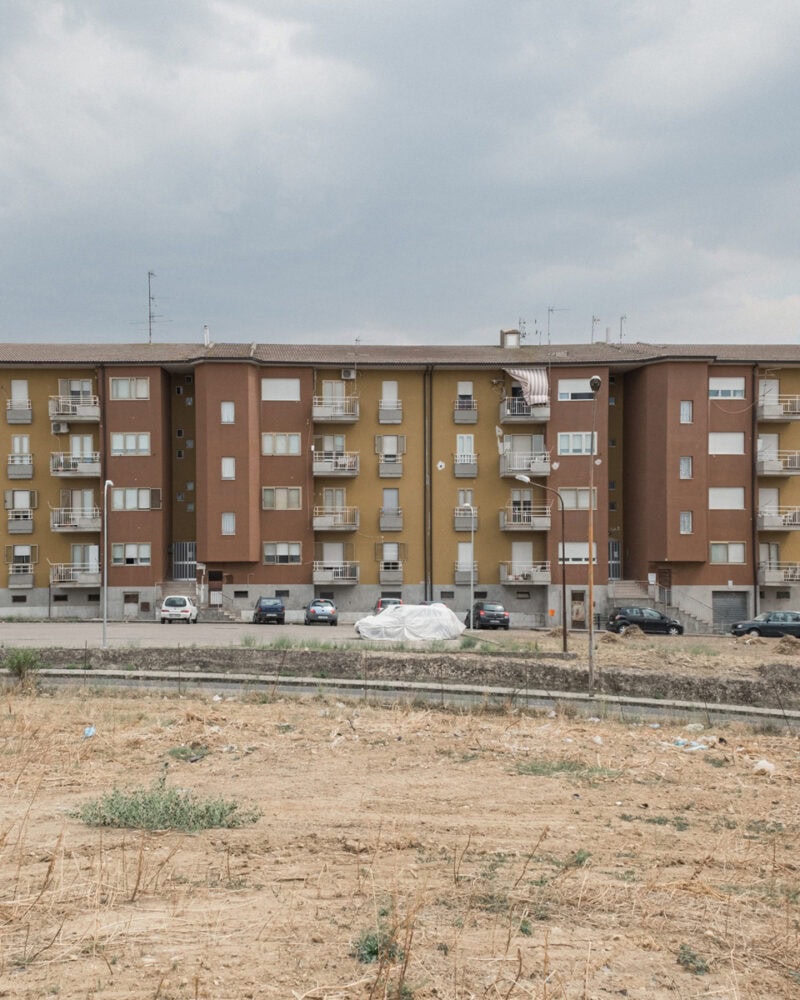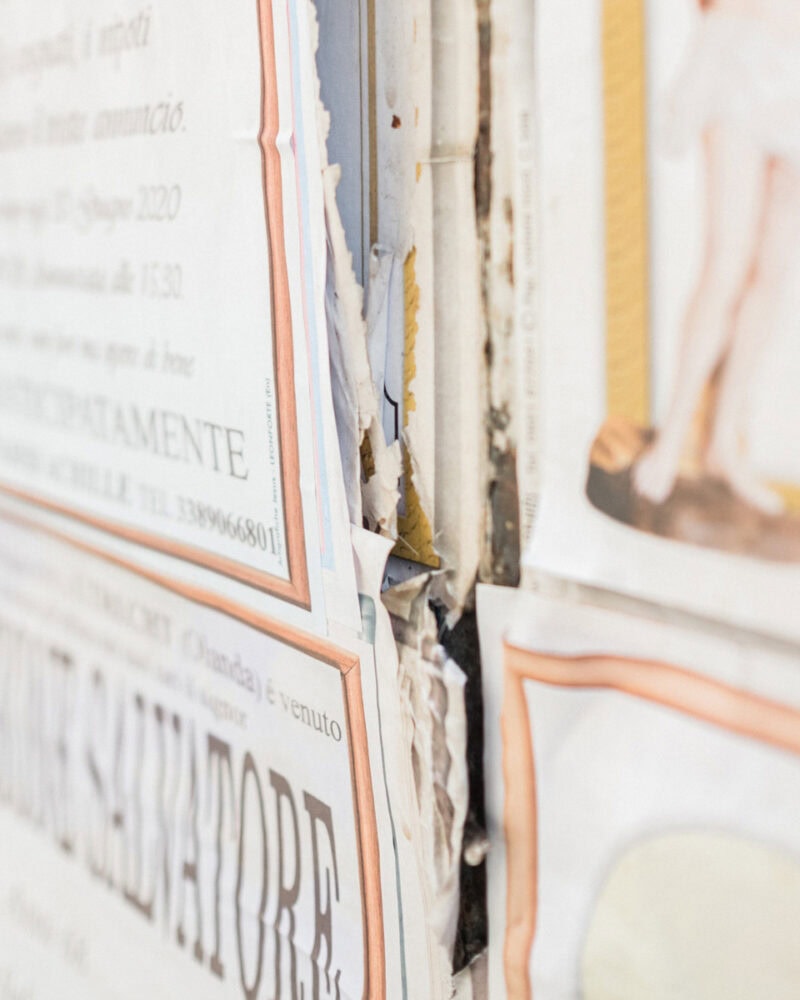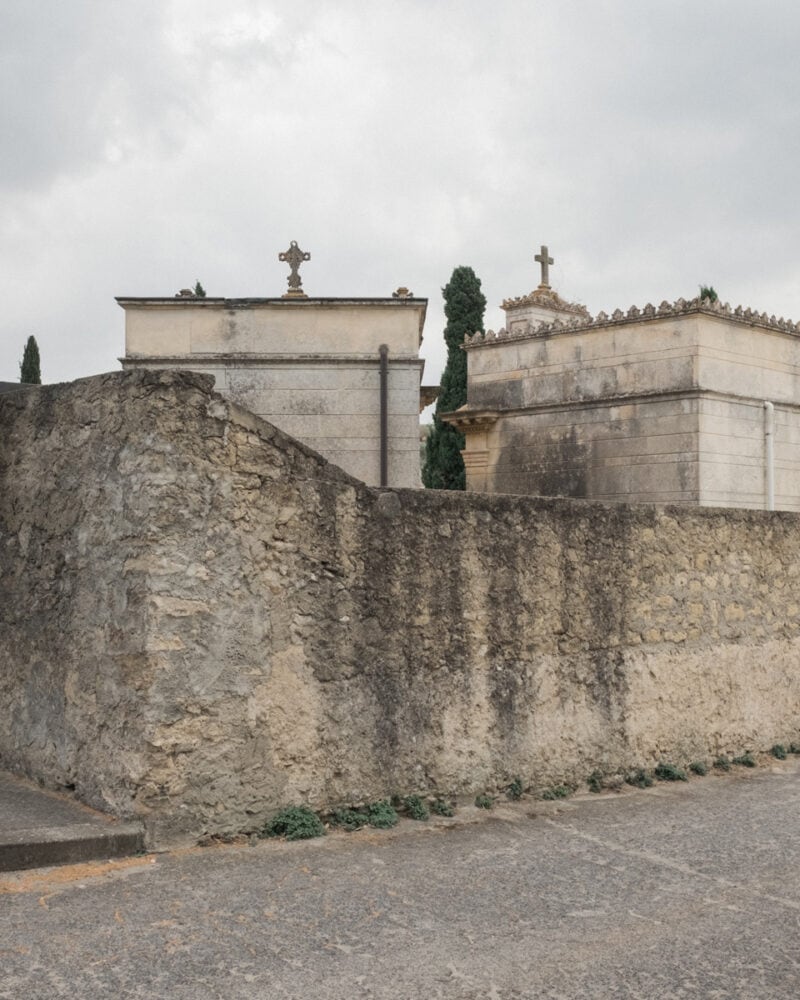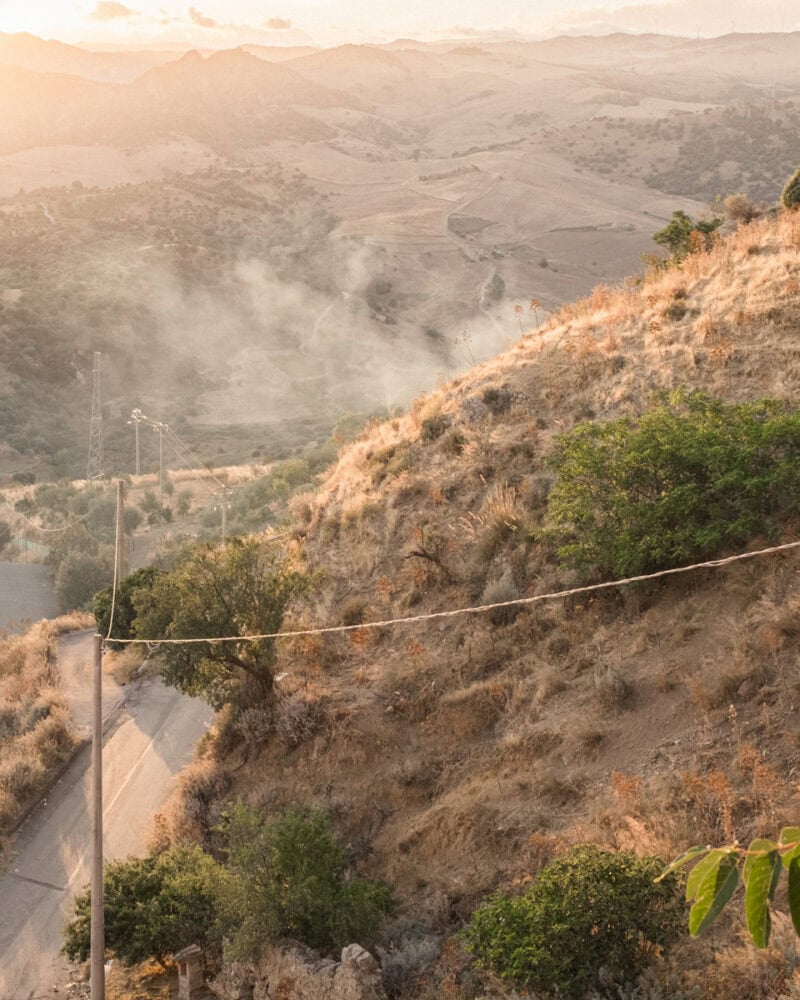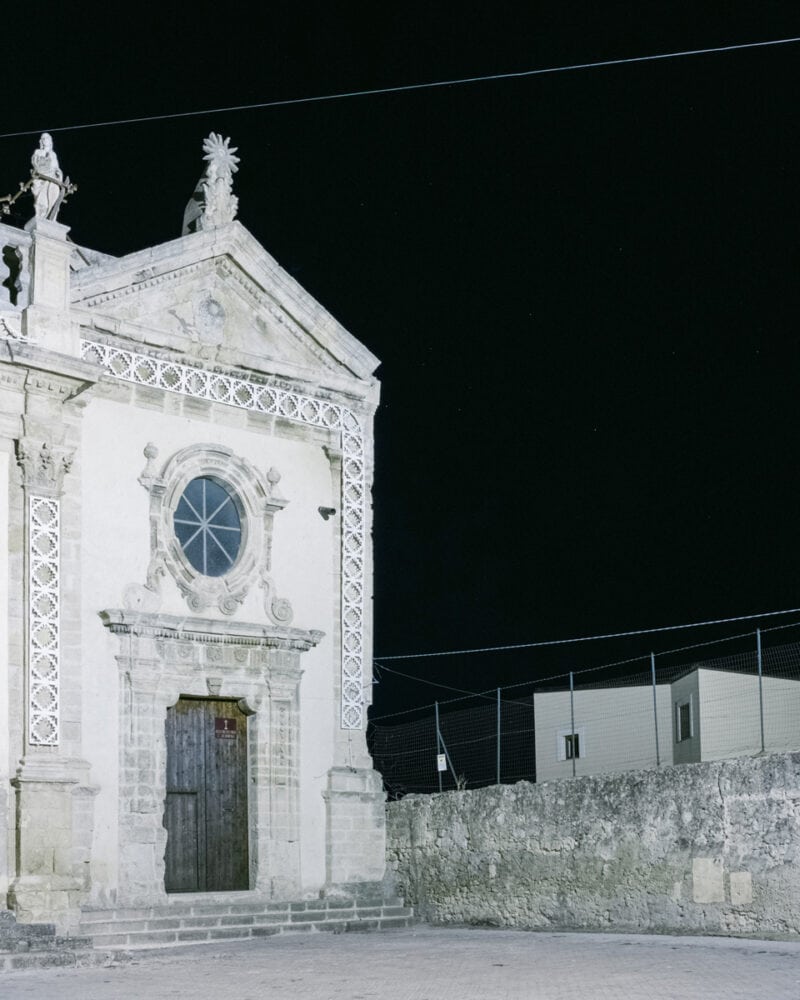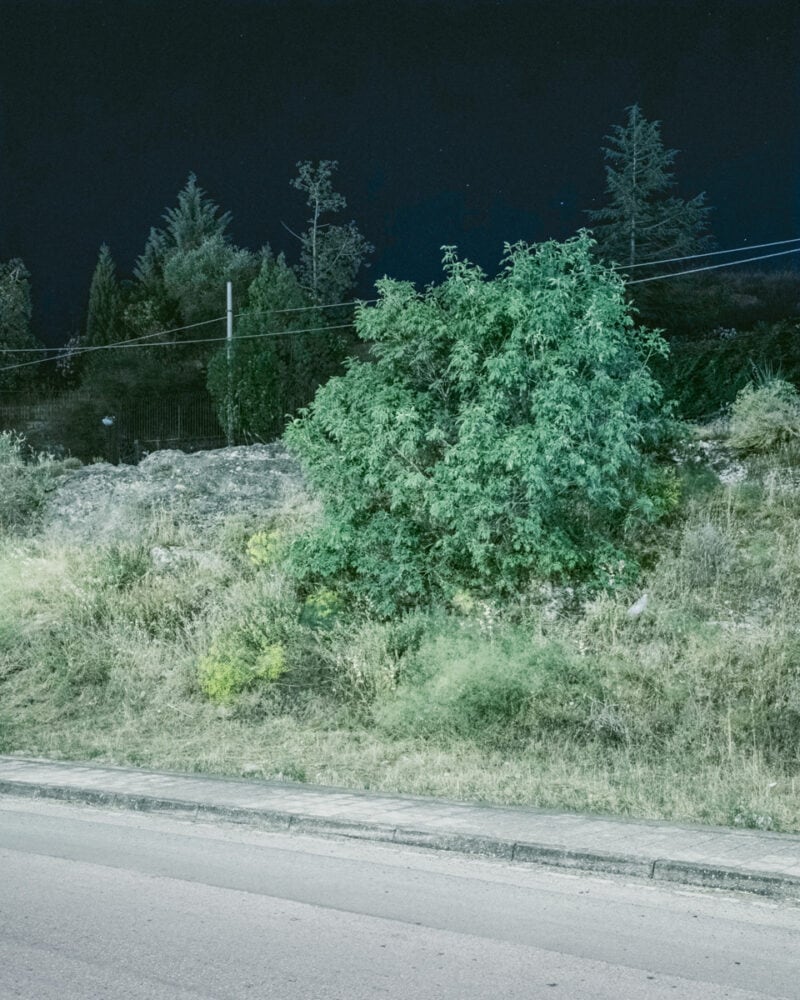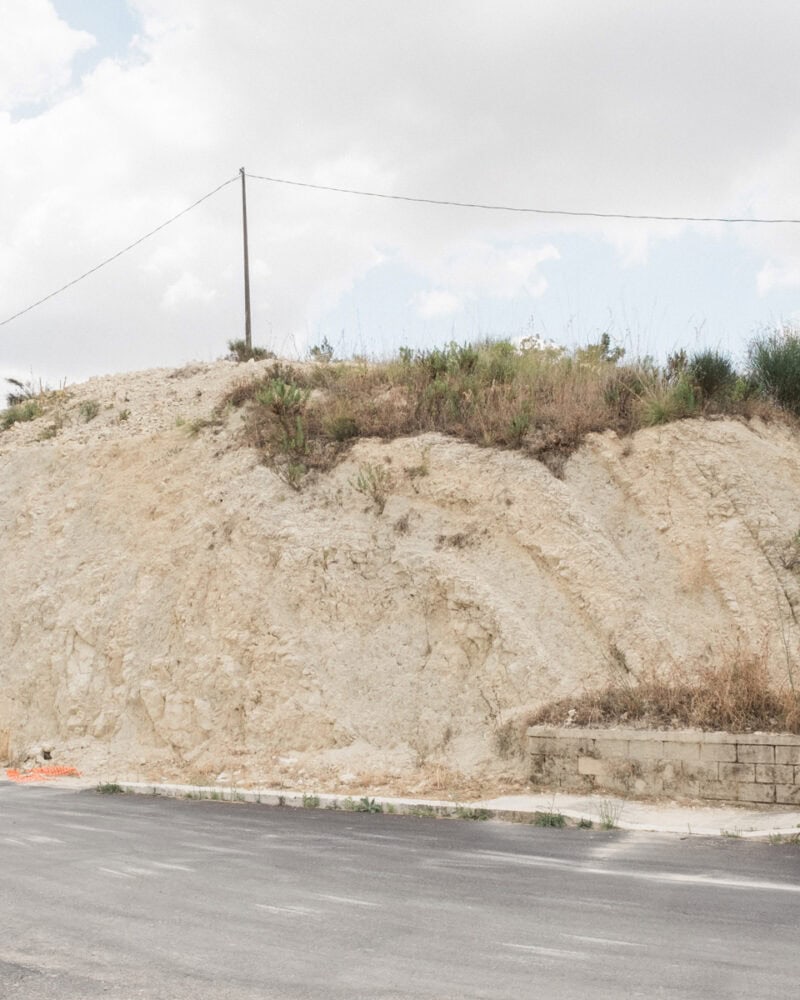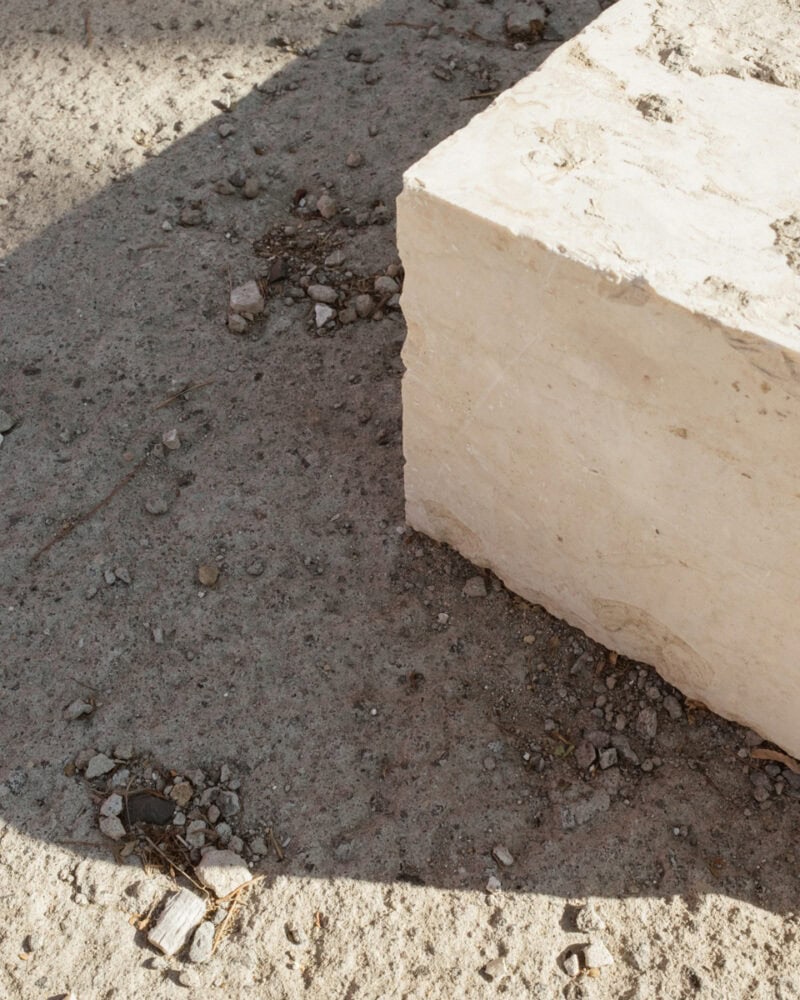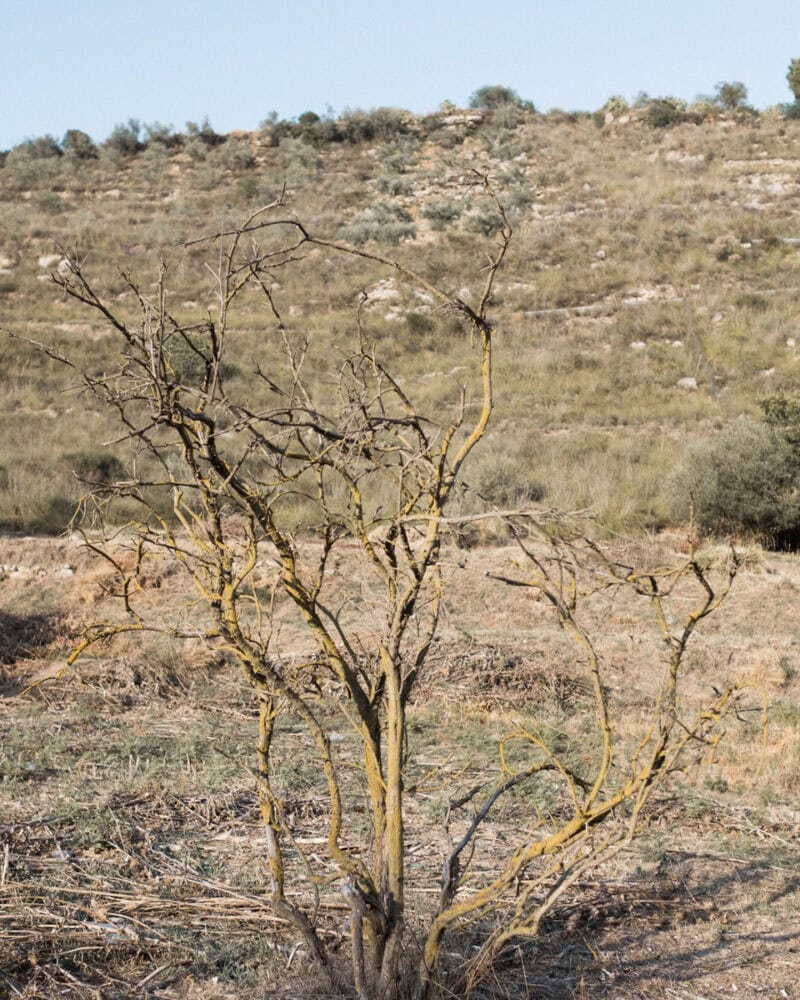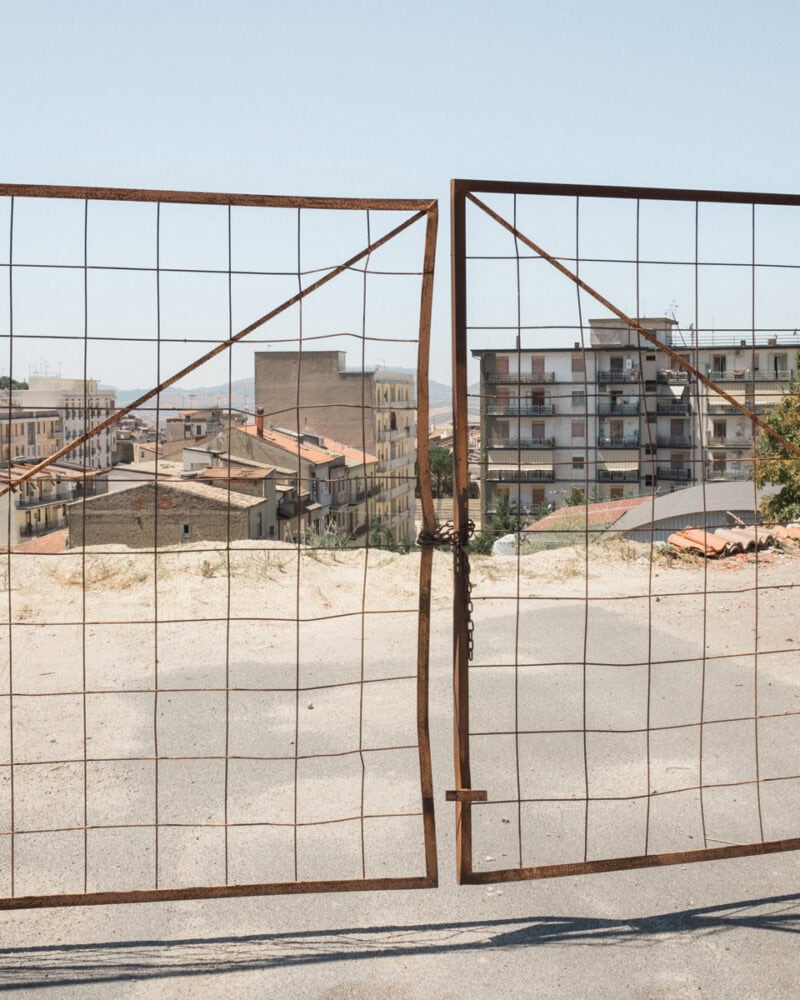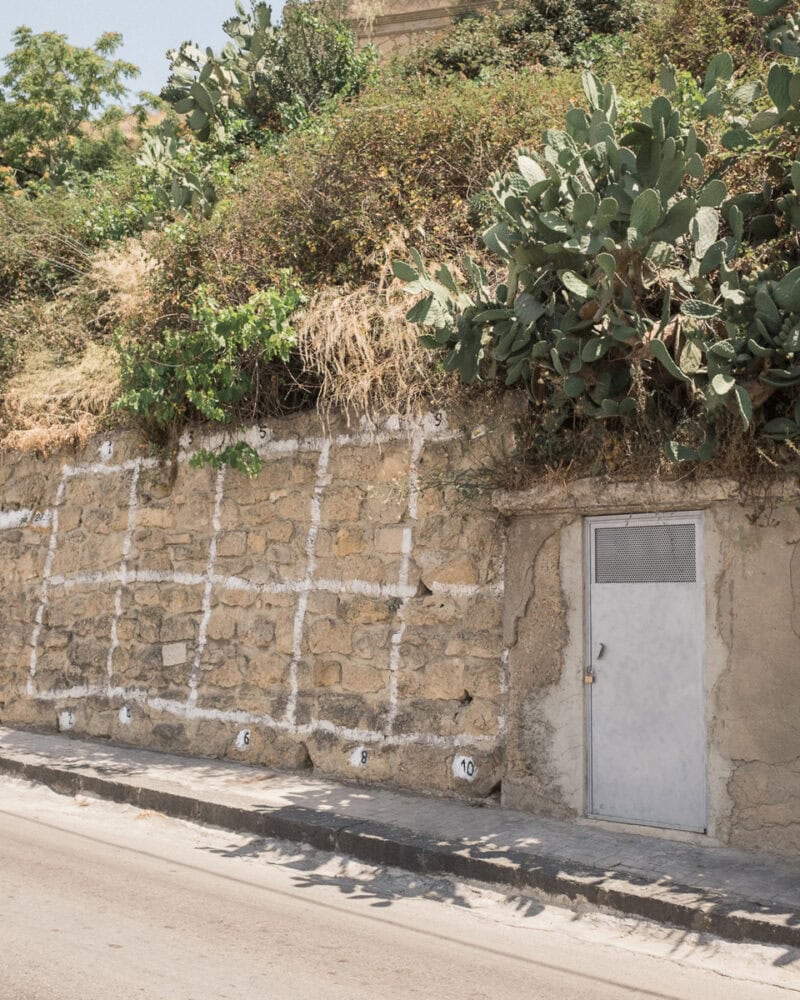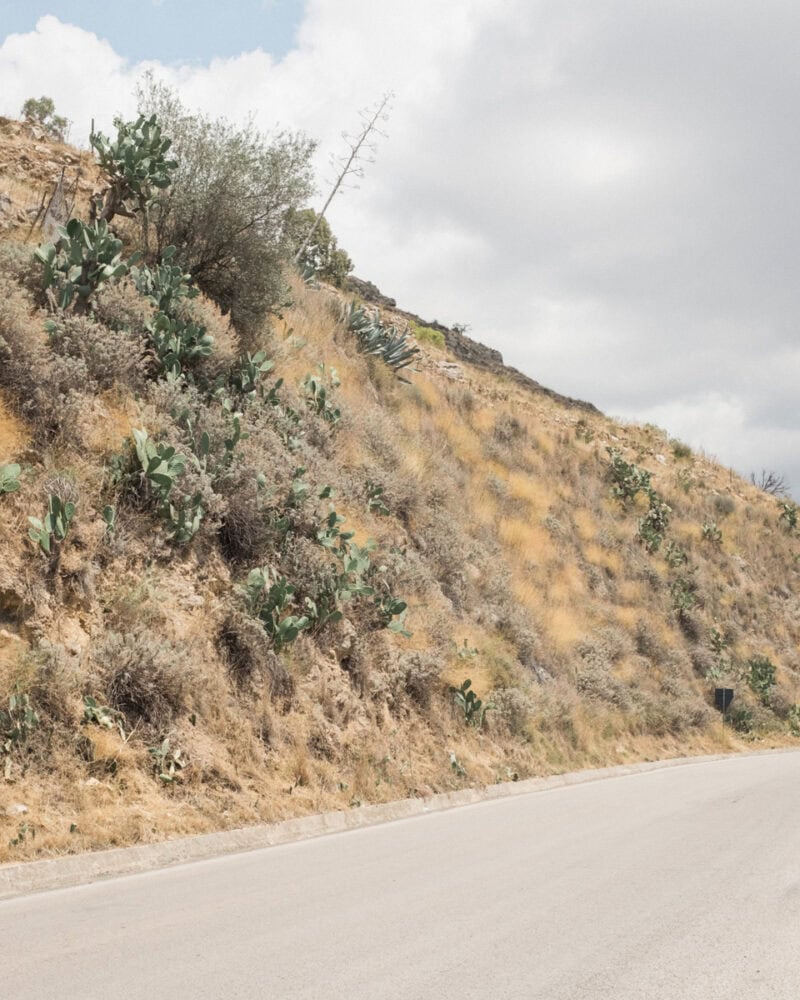This is an unpublished project premiered today on C41 Magazine.
Andrea Camiolo is 21 years old and he’s a student of photography. He recently obtained a BA in photography at the European Institute of Design in Turin and he’s about to start attending an MA in photography at the Academy of Fine Arts in Catania. He has been taking photographs since he was a child, thanks also to his father who is a photographer by trade. He’s a super fan of photobooks and large format analogue photography.
About ‘This must be the place’ – words by Andrea Camiolo:
This photo book is the result of a fortuitous event, a plane ticket taken by chance a few months before what would prove to be one of the worst global crises in human history. The Covid-19 pandemic and the consequent lockdown have radically changed our lives, and in a small way they have also changed mine, forcing me to live locked up in my home country, starting from March 9, 2020. When the start of Phase 2 was announced on 4 May, like all citizens, I had the opportunity to move around my village and wander the streets of the town. From that day on, the spark of working in this territory, a place that I have loved and hated since I was a child, Leonforte, a town of about 10,000 inhabitants immersed in the Sicilian hinterland.
The main idea of the project is very simple: the long absence from my village, due to my move to Turin at the age of eighteen, has given me a new way to observe and relate to it. In fact, I began to notice something “new” within it. With the term “new” I mean new in my eyes, something that maybe during my adolescence was always there without me considering it, but today, looking at it, it arouses in me an extreme aesthetic interest, absolutely subjective, but so strong that it leads me to photograph it. In the preface of “Place and identity in contemporary Italian photography” (2013) Roberta Valtorta writes: “The two terms that make up the title of the book, place and identity, are not simply added together, the conjunction and intends to unite them firmly and make them necessary to each other until they coincide”. To make place and identity coincide. It almost seemed obvious to me, at first, that photographing places within my own country would automatically bring out a sort of identity of the country itself, but as I was able to see later, this did not happen. My interest in seemingly trivial but, from my point of view, extremely attractive subjects from an aesthetic point of view, and the continuous search for them within the territory of Leonforte has given shape to a sort of place that does not exist. In fact, when I submitted my photographs to people of all ages, relatives, friends and acquaintances, what became clear to me was the impossibility for them to recognise where the photographs were taken. Most people, intrigued, asked: “Where did you take this photo?”. In fact, I learned that if my initial idea was to photograph that “something new in my eyes” which I hadn’t noticed during my adolescence, the final idea turned into “something new in everyone’s eyes” which no inhabitant of my country pays attention to, even though it is there before his eyes. Explaining the concept of threshold in “Lessons in Photography”(2010) Luigi Ghirri afferma: “The word threshold does not only mean the line of passage between the street and the inside of the house, but it is also used in a metaphorical sense, to indicate a boundary between the inside, what we think, what we see, what we can see, what we have to see and what we see in reality and which determines a common observation, that is, between our inside and the observation of the world. I think I have identified this point of balance between the inner and outer world in the photograph with the framing. We are faced with a fundamental problem, one of the bases of photography. The relationship between what I have to represent and what I want to leave out of the representation”. What I have “left out” of the representation in my photographs is precisely the identity of the country. It is not a coincidence if the protagonist of the story does not remember the name of his country of origin, he cannot remember it because that country does not exist, or at least, it exists only in the photographic and textual dimension of this zine. The recognizability of the country and the identity of it, have been erased by the choice of the subjects I considered interesting, leading to the creation of a “country that does not exist” in which there is no inhabitant, there is only me, with my way of seeing this territory.

